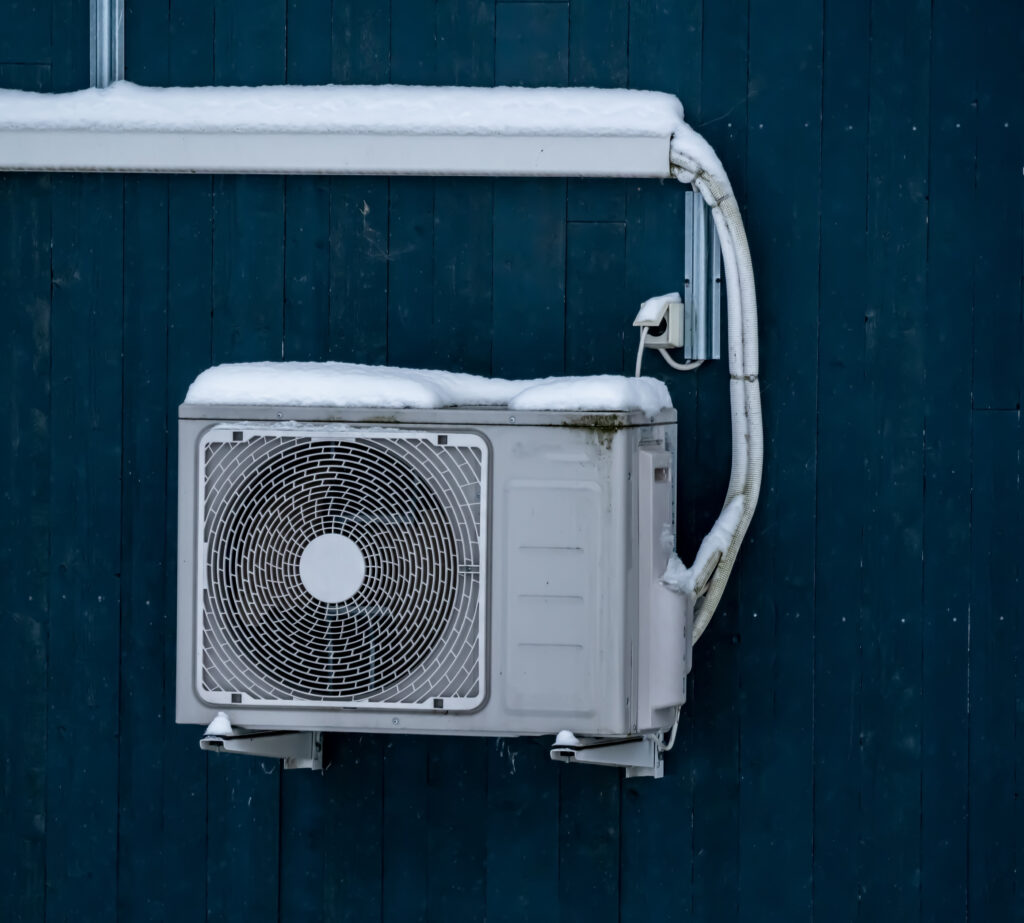Igniter on a Furnace: Understanding Intermittent Pilot Ignition and Other Systems
If you have a gas furnace in your home, the type of ignition system it employs will depend mainly on its age as well as the manufacturer who produced it. Here are the most common ignition systems found in home heating systems.
Hot Surface Ignition (HSI)
If your furnace was manufactured within the last 20 years it will most likely have a hot surface ignition system. Unlike older pilot light ignition systems, this type of ignition system reduces fuel waste by only burning fuel when the furnace is running. They are also quieter than pilot light or direct spark systems which make a loud clicking sound when they light up.
Direct Spark Ignition
Another ignition system commonly found on furnaces manufactured in the late 1980s through the 1990s is direct spark ignition systems.
Today, if you have a Ruud or Rheem furnace, chances are it will have a direct spark ignition. This type of ignition system is durable and will not burn out. It lights the main burners, rather than a pilot burner.
Intermittent Pilot Ignition
The intermittent pilot was the most common furnace ignition system in the second half of the 1900s. It used an automatic spark igniter to light the main burners via a gas pilot light that was always on.
Standing Pilot Ignition
One of the original furnace ignition systems, the standing pilot first appeared in the 1920s and was used all the way through the 1980s. Because they used gas all the time unless the pilot was off and the gas valve turned off, they were very inefficient.
While this type of ignition is no longer used in central heating systems, it can still be found today in some gas fireplaces.
Have questions about your heating system? Call Ostrom today at (540) 685-4040 – we can help!












